Alberto Sangiovanni-Vincentelli (UC Berkeley)
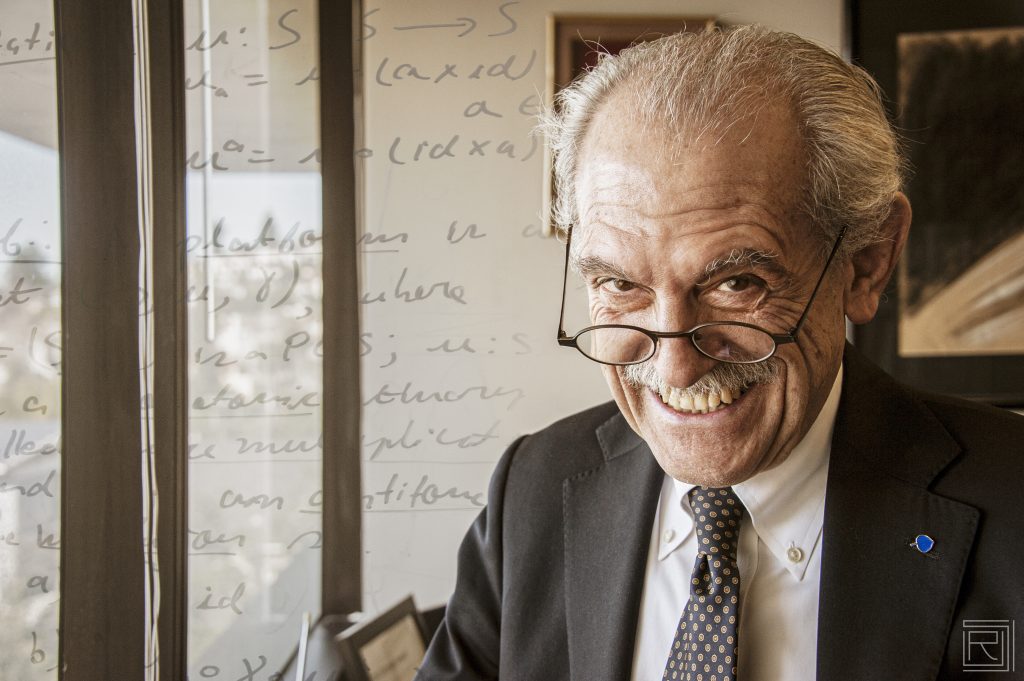
Bio
Alberto L. Sangiovanni-Vincentelli is the Edgar L. and Harold H. Buttner Chair at the EECS Department, UC Berkeley. He graduated from the Politecnico di Milano in 1971. He co-founded Cadence and Synopsys, the two leading EDA companies. He is on the Board of Directors of Cadence, KPIT, Expert.ai, Cy4Gate, Exein, and Chairman of the Board of Quantum Motion, Phononic Vibes, Innatera and Phoelex. He is a member of the advisory board of Walden International and Xseed, of the Scientific Advisory Board of the Italian Institute of Technology and the Chair of the Strategic Board and of the International Advisory Board for the Milano Innovation District. He is a member of the Advisory Board of the Politecnico di Milano and honorary Professor at Politecnico di Torino. He was the President of the “Comitato Nazionale dei Garanti della Ricerca” and of the Strategy Committee of Fondo Strategico Italiano. He consulted for companies such as Intel, HP, Bell Labs, IBM, Lendlease, Samsung, UTC, Lutron, Kawasaki Steel, Fujitsu, Telecom Italia, Pirelli, GM, BMW, Mercedes, Magneti Marelli, and ST Microelectronics. He authored 19 books, 2 patents and over 1,000 papers. He is Fellow of the IEEE and ACM, and a member of the National Academy of Engineering. He earned the IEEE/RSE Maxwell Award “for groundbreaking contributions that have had an exceptional impact on the development of electronics and electrical engineering or related fields”, the Kaufmann Award for foundational contributions to EDA, the EDAA lifetime Achievement Award, the IEEE/ACM R. Newton Impact Award, the University of California Distinguished Teaching Award, the IEEE TC-CPS Technical Achievement Award, the IEEE Leon Kirchmayer Graduate Teaching Award and the ISPD lifetime achievement award. He holds Honorary Doctorates from Aalborg University (Denmark), KTH (Sweden) and AGH (Poland).
Quo Vadis, CPS? Challenges, promises and realities
The effects of the pandemics on the high-tech industry have been profound. Some say that in 6 months we have experienced a 5 year acceleration in the digitalization of our life and work. Has it been too fast? The recent rout of the most visible high-tech companies in the stock market may be a demonstration of this phenomenon. On the other hand, the CPS world has seen a severe shortage of semiconductors that may last longer than expected. The pandemic has caused disruption in the supply chains including the one that feeds the semiconductor industry. Is this shortage caused only by the supply chain problems or is it a sign of the increasing importance of this industry? We are witnessing a rush towards building fabs and governments worldwide are seeking measures to support the semiconductor industry. We are also experiencing a marked shortage of talent, even more so than in the software domain. And Cyber Physical System design requires both expertise! Is talent the bottleneck for the future of industry and academia?
Jennifer Simonjan (Lakeside Labs)
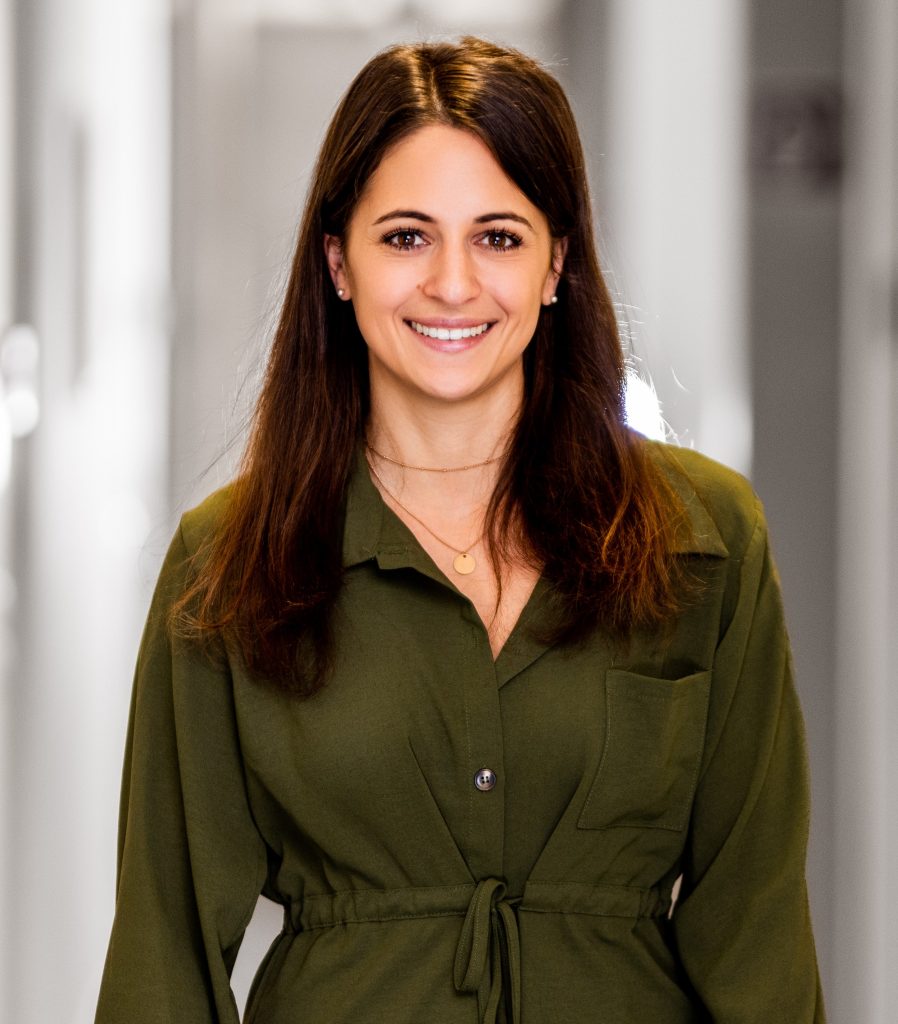
Bio
Jennifer Simonjan is a senior researcher at Lakeside Labs in Klagenfurt, Austria since fall 2021. Before joining Lakeside Labs, she spent one year as post doc at Prof. Dr. Ian F. Akyildiz’ Broadband Wireless Networking Lab at the Georgia Institute of Technology, Atlanta, GA and one year at Silicon Austria Labs in Graz, Austria. She received her Ph.D. degree in Information and Communication Engineering from the University of Klagenfurt, Austria in October 2019, under the guidance of Prof. Dr. Bernhard Rinner. Throughout her PhD and post doc years, she focused her research on communication and localization in macro- and nanoscale distributed sensor networks. Since joining Lakeside Labs, she works on swarm intelligence in self-organizing systems and drone networks. Dr. Simonjan is involved in several conference organizing committees and is the public relations officer of the IEEE Austria Section.
Swarms of CPS: Challenges and Potentials
Flocks of birds, shools of fish, colonies of ants – nature knows how to combine hundreds or thousands of components to large networked systems with amazing capabilities. This serves as inspiration for technical systems that need to work in a self-organized way in dynamic environments. Natural systems are resilient to losing one or more members, their coordination scales for a wide range of different system sizes, and they are able to adapt their behavior even in cases of unpredicted incidents. Swarm intelligence methods have found their way into many application domains, including IoT, smart mobility, smart grids and industry 4.0.
In our research, we aim at getting the concept of self-organization integrated into robotics and other cyber-physical systems. Though we can list numerous examples of self-organization in nature and society, there is no straightforward method for designing and testing how microscopic rules influence the macroscopic behavior of an artificial system. In order to solve this problem, we experiment with biologically-inspired methods, such as swarm intelligence and evolutionary computation.
Diana Göhringer (TU Dresden)
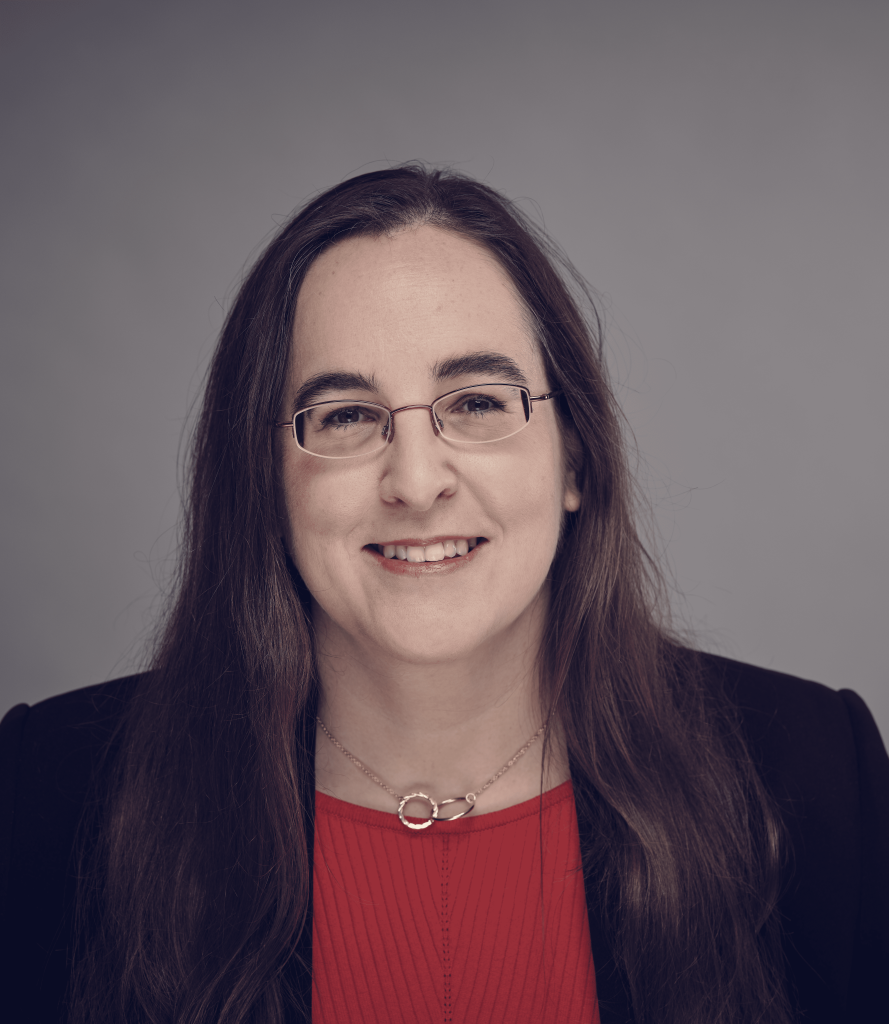
Bio
Diana Göhringer is professor and holds the Chair of Adaptive Dynamic Systems at Technische Universität Dresden since 2017. She received her Ph.D. (summa cum laude) in Electrical Engineering and Information Technology from the Karlsruhe Institute of Technology (KIT), Germany in 2011. She is author and co-author of over 150 publications in international journals, conferences and workshops. She serves as technical program committee member in several international conferences and workshops (e.g. DATE, FPL, RAW). She is reviewer and guest editor of several international journals. Furthermore, she is a member of IEEE, ACM and HIPEAC. Her research interests include reconfigurable computing, multiprocessor systems-on-chip (MPSoCs), networks-on-chip, simulators/virtual platforms, hardware–software codesign and runtime systems.
Adaptive Computing Architectures for CPS
The increasing complexity and adaptive dynamic behavior of cyber-physical systems (CPS) require novel computing solutions. Especially, the dynamic behavior at runtime needs an approach providing adaptation to changing demands in terms of real-time requirements, data throughput, safety and security. One representative example can be found in autonomous robots or drones, where changing situations, e.g. navigation and object detection, are handled with different image and signal processing algorithms. Here, the changing situations would recommend besides the change of the algorithm also a change in the hardware architecture, e.g. the adaptation of accelerators for specific algorithms. The complexity and the high demand for real-time and energy efficient computation of CPS can only be solved with parallel and runtime adaptive computing architectures.
This presentation shows concepts and realizations for such a modern approach consisting of an adaptive computing architecture and its design/programming methods. The importance of such an approach for CPS is shown with several research projects in the robotic domain.
Twan Basten (TU Eindhoven)
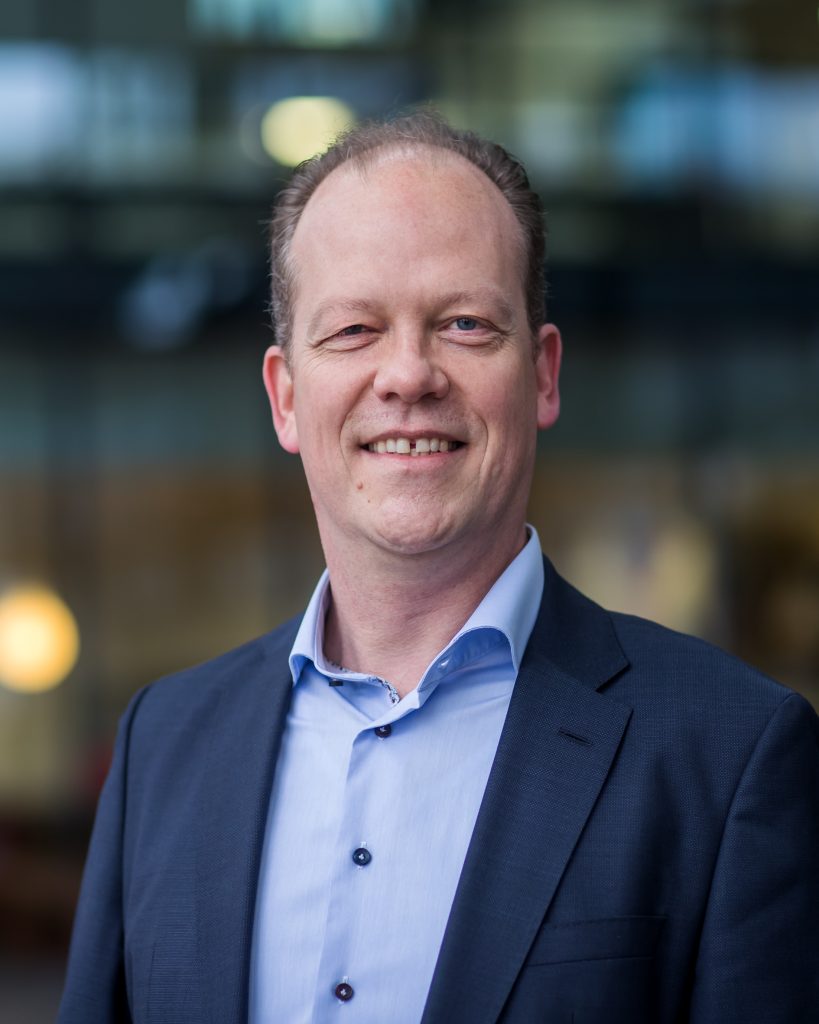
Bio
Twan Basten received the M.Sc. and Ph.D. degrees in computing science from Eindhoven University of Technology (TU/e), Eindhoven, the Netherlands. He is currently a Professor with the Department of Electrical Engineering, TU/e. He is also a Senior Research Fellow with ESI, TNO, Eindhoven. His current research interests include the design of embedded and cyber-physical systems, model-driven performance engineering, and computational models. He is a senior member of IEEE and a life member of ACM.
Quality and resource management for CPS
CPS operate in dynamic and resource-constrained environments. Application quality requirements vary, resource availability varies, resources are shared between applications. Active management of application qualities (such as latency, throughput) and resources (for instance, processing, bandwidth, storage) improves overall value and efficiency of CPS. Virtual platform solutions allow predictable sharing of resources by allocating resource budgets to application components. The lecture introduces a component-interface model to capture the trade-off capabilities between application qualities and resource budgets of (re)configurable CPS components. These trade-off relations are captured in a mathematical model suitable for multi-objective optimization. The component-interface models come with well-defined composition methods to build systems from components. The lecture then outlines a generic framework for active quality and resource management (QRM) based on the introduced component-interface models.
Marc Geilen (TU Eindhoven)
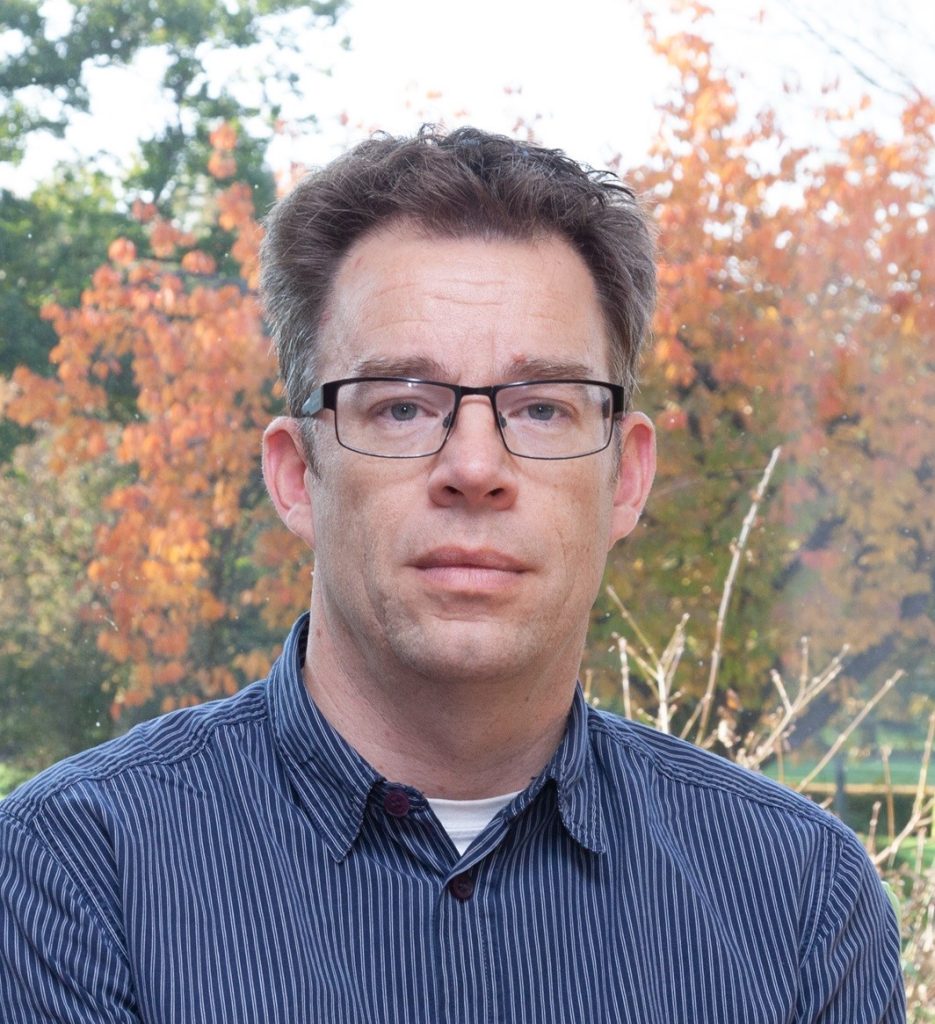
Bio
Marc Geilen received the M.Sc. and Ph.D. degrees in electrical engineering from Eindhoven University of Technology (TU/e), Eindhoven, the Netherlands. He is currently an Associate Professor of model-based design methods for embedded and cyber-physical system with the Department of Electrical Engineering at TU/e. His research interests include model-based design processes, formal models-of-computation, embedded signal processing, multiprocessor systems, and multi-objective optimization and trade-off analysis.
Quality and resource management for CPS
CPS operate in dynamic and resource-constrained environments. Application quality requirements vary, resource availability varies, resources are shared between applications. Active management of application qualities (such as latency, throughput) and resources (for instance, processing, bandwidth, storage) improves overall value and efficiency of CPS. Virtual platform solutions allow predictable sharing of resources by allocating resource budgets to application components. The lecture introduces a component-interface model to capture the trade-off capabilities between application qualities and resource budgets of (re)configurable CPS components. These trade-off relations are captured in a mathematical model suitable for multi-objective optimization. The component-interface models come with well-defined composition methods to build systems from components. The lecture then outlines a generic framework for active quality and resource management (QRM) based on the introduced component-interface models.
Sara Vinco (Politecnico di Torino)
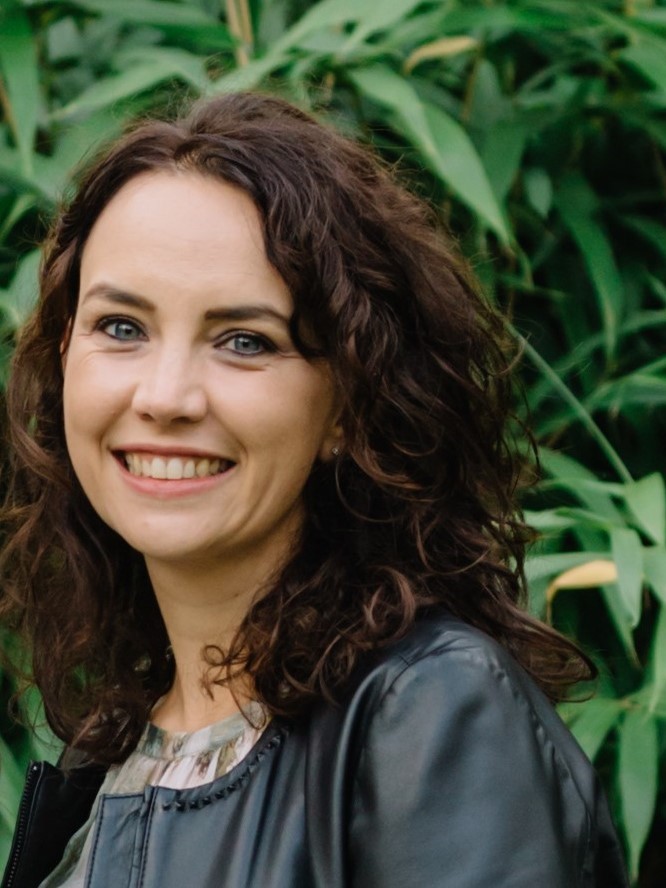
Bio
Sara Vinco is Associate Professor in the Department of Control and Computer Engineering in Politecnico di Torino. She received her Ph.D. in Computer Science at the University of Verona (Italy) in 2013. Her main research interests include digital twins, energy efficient electronic design automation, efficient simulation and optimization of energy systems, and techniques for simulation and validation of heterogeneous embedded systems. She is a Senior Member of IEEE and a member of IFIP Working Group 10.5 – Design and Engineering of Electronic Systems.
Digital Twins: a new perspective on Cyber Physical Systems
A Digital Twin is an ambitious CPS: its goal is to build a virtual replica of a physical object or system that is connected to sensors, actuators, and processing components. The novelty is a continuous update of the digital twin, that must evolve with the physical counterpart, so that it can be used for what-if analysis, monitoring and predictive maintenance, and optimization. Once a visionary idea, Digital Twins are now enabled by the latest technology, including IoT, high performance computing, big data and data analytics, and are a disruptive solution in very heterogeneous markets, ranging from manufacturing to automotive and medicine.
Battista Biggio (UNICA)
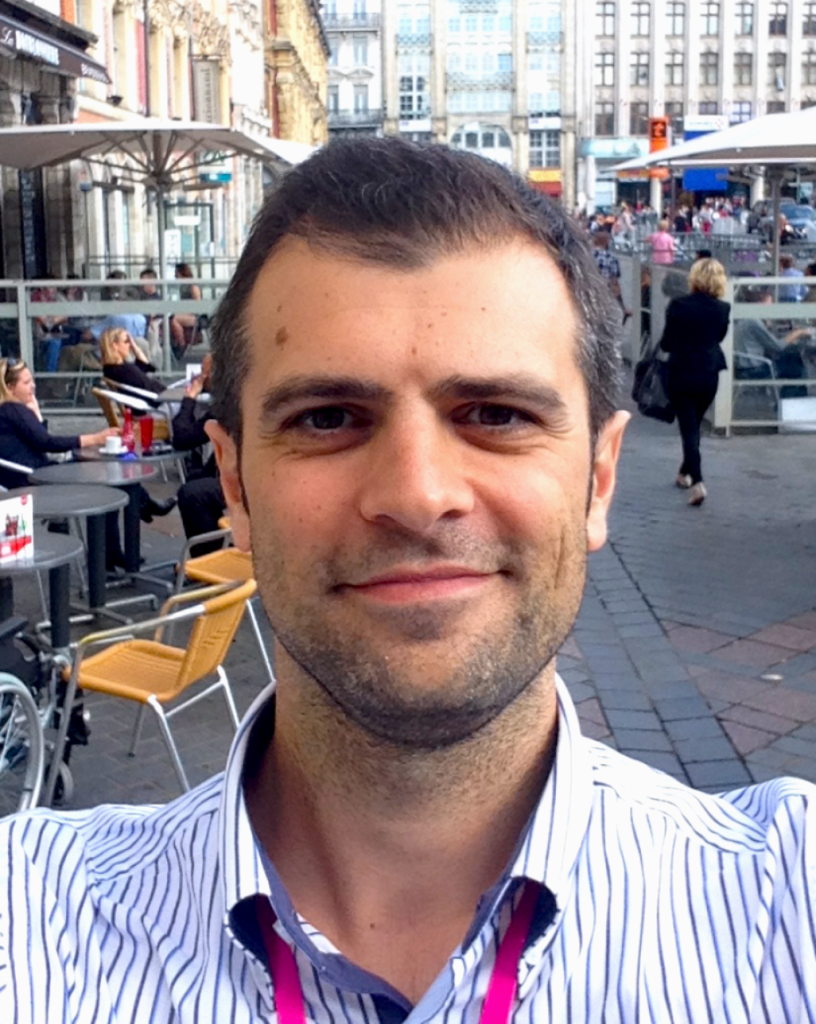
Bio
Battista Biggio (MSc 2006, PhD 2010) is an Assistant Professor at the University of Cagliari, Italy, and co-founder of Pluribus One (pluribus-one.it). His research interests include machine learning and cybersecurity. He has provided pioneering contributions in the area of ML security, demonstrating the first gradient-based evasion and poisoning attacks, and how to mitigate them, playing a leading role in the establishment and advancement of this research field. He has managed six research projects, and served as a PC member for the most prestigious conferences and journals in the area of ML and computer security (ICML, NeurIPS, ICLR, IEEE SP, USENIX Security). He chaired the IAPR TC on Statistical Pattern Recognition Techniques (2016-2020), co-organized S+SSPR, AISec and DLS, and served as Associate Editor for IEEE TNNLS, IEEE CIM and Pattern Recognition. He is a senior member of the IEEE and ACM, and a member of the IAPR and ELLIS.
Machine Learning Security: Lessons Learned and Future Challenges
In this talk, I will briefly review some recent advancements in the area of machine learning security with a critical focus on the main factors which are hindering progress in this field. These include the lack of an underlying, systematic and scalable framework to properly evaluate machine-learning models under adversarial and out-of-distribution scenarios, along with suitable tools for easing their debugging. The latter may be helpful to unveil flaws in the evaluation process, as well as the presence of potential dataset biases and spurious features learned during training. I will finally report concrete examples of what our laboratory has been recently working on to enable a first step towards overcoming these limitations, in the context of Android and Windows malware detection.
Elisa Costante (Forescout Technologies)
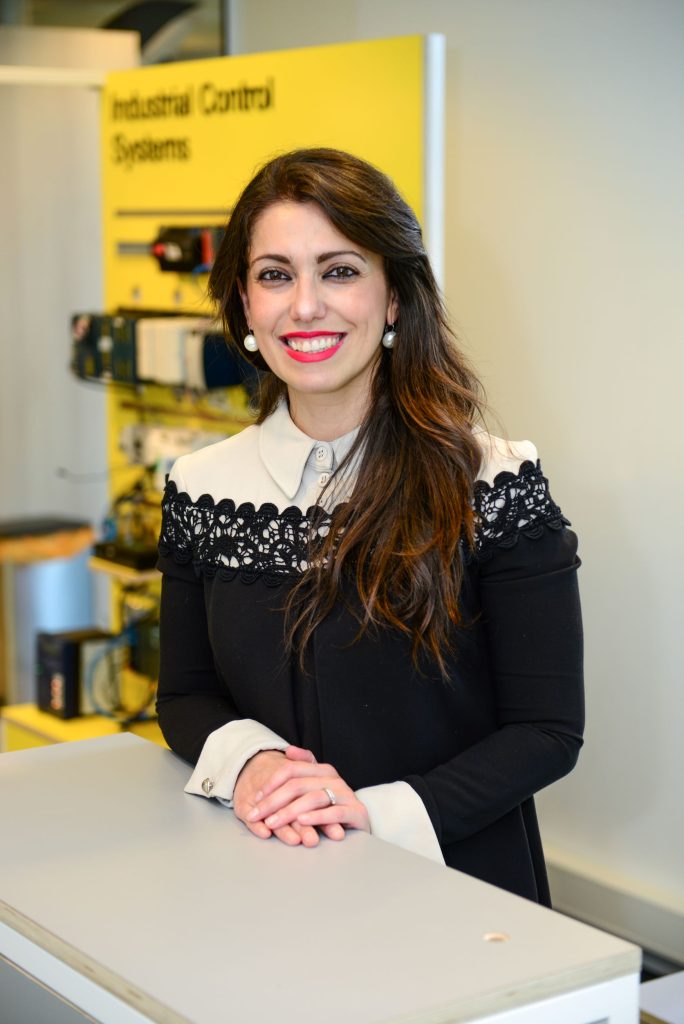
Bio
Elisa Costante is the VP of Research at Forescout. In her role, she leads the activities of Vedere Labs, a team of cyber security researchers focused on vulnerability research, threat analysis and threat mitigation. She has 10+ years of experience in the security challenges posed by the IT/OT/IoT convergence. In her prior role she was CTO at SecurityMatters, where she led product innovation activities in the field of network intrusion detection. Elisa holds a PhD in Cyber Security from the Eindhoven University of Technology where she specialized in machine learning techniques for data leakage detection.
Attacking and Defending CPS
In this session, Dr. Elisa Costante will discuss the Threat Landscape that impacts CPS. She will provide an introduction to Vedere Labs, the threat research and intelligence arm of Forescout that focuses on OT/IoT/IoMT cyber security. She will also provide an overview of how Vedere Labs works: what kind of threat data they collect, how data is enriched with threat information and transformed in threat intelligence. She will discuss the main threat actors we are tracking, how they behave, what industry and regions they target, and how organization can mitigate the threats they are exposed to.

